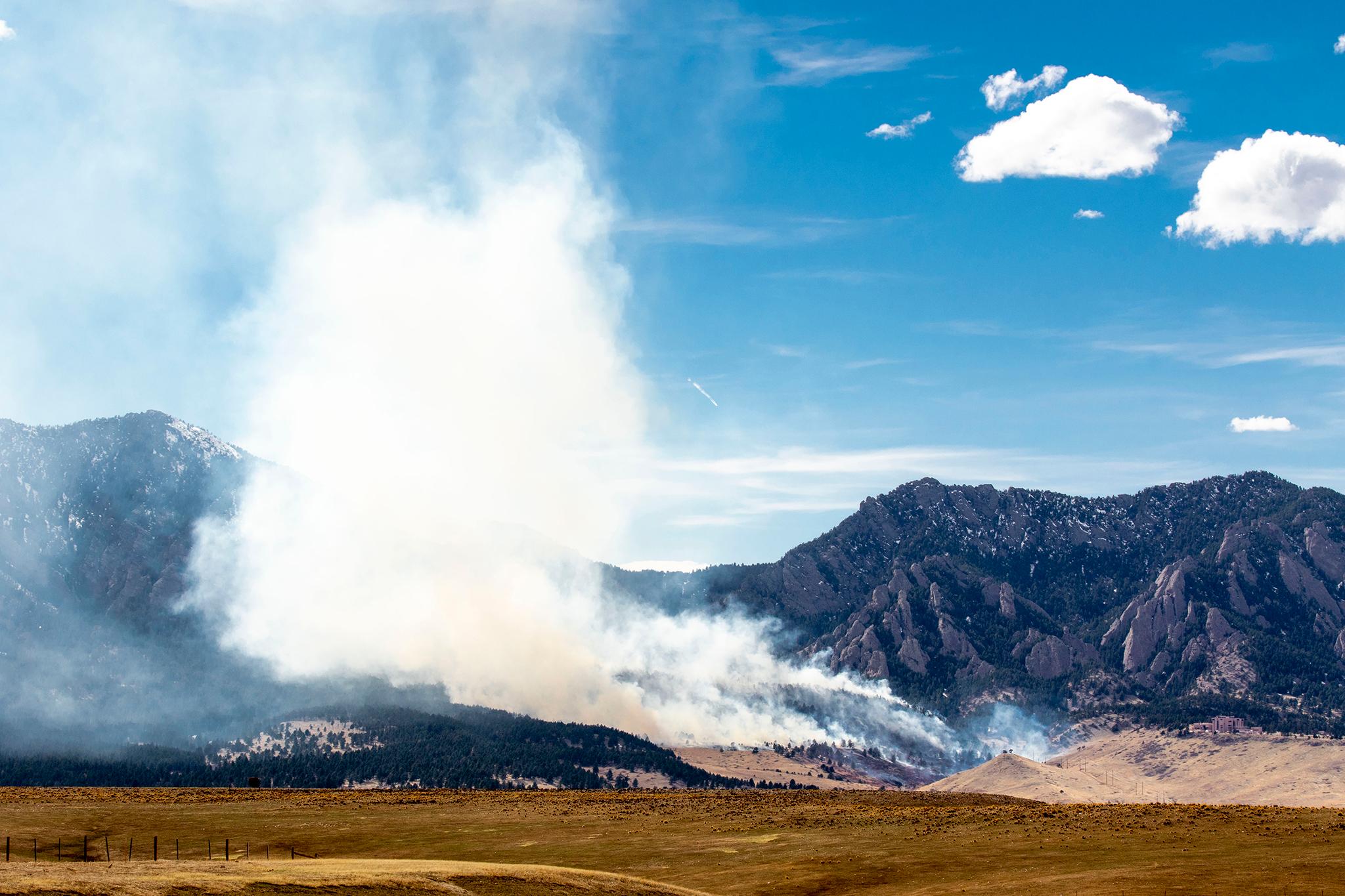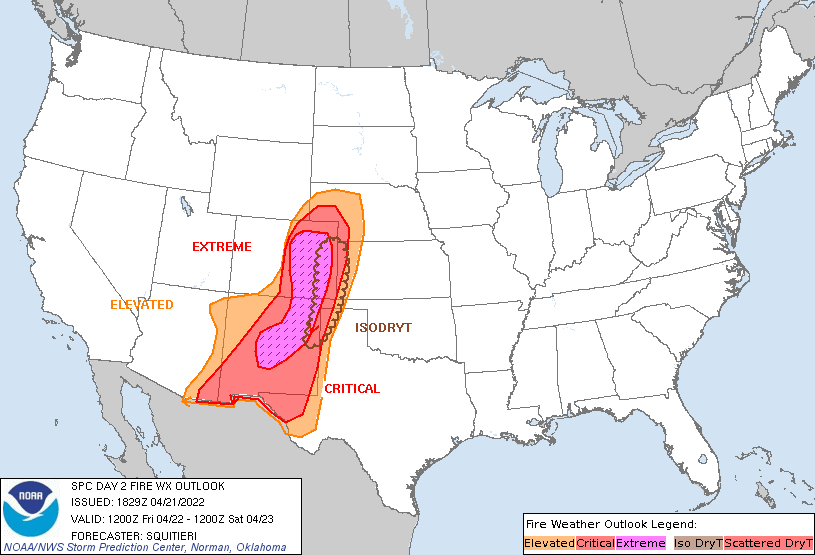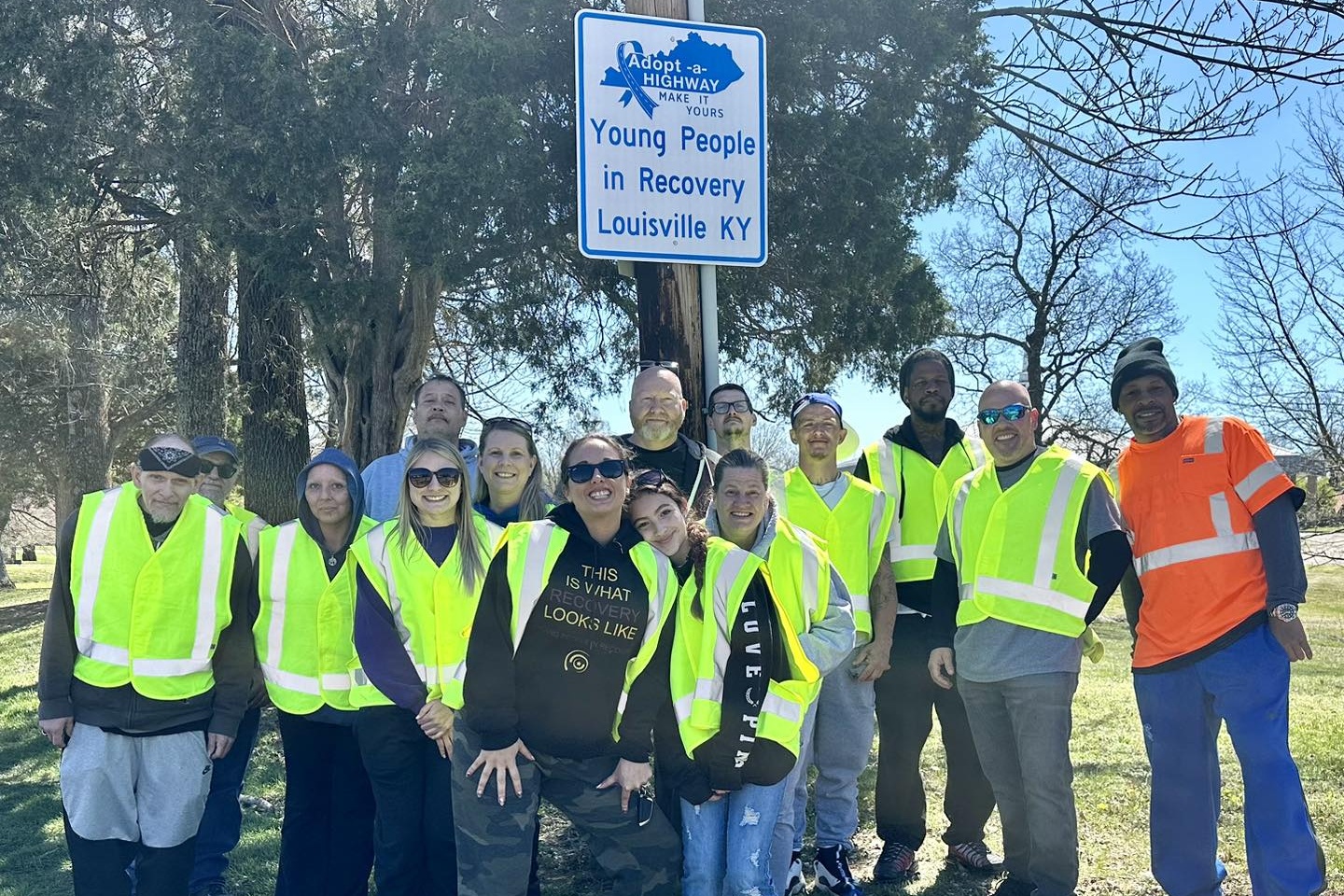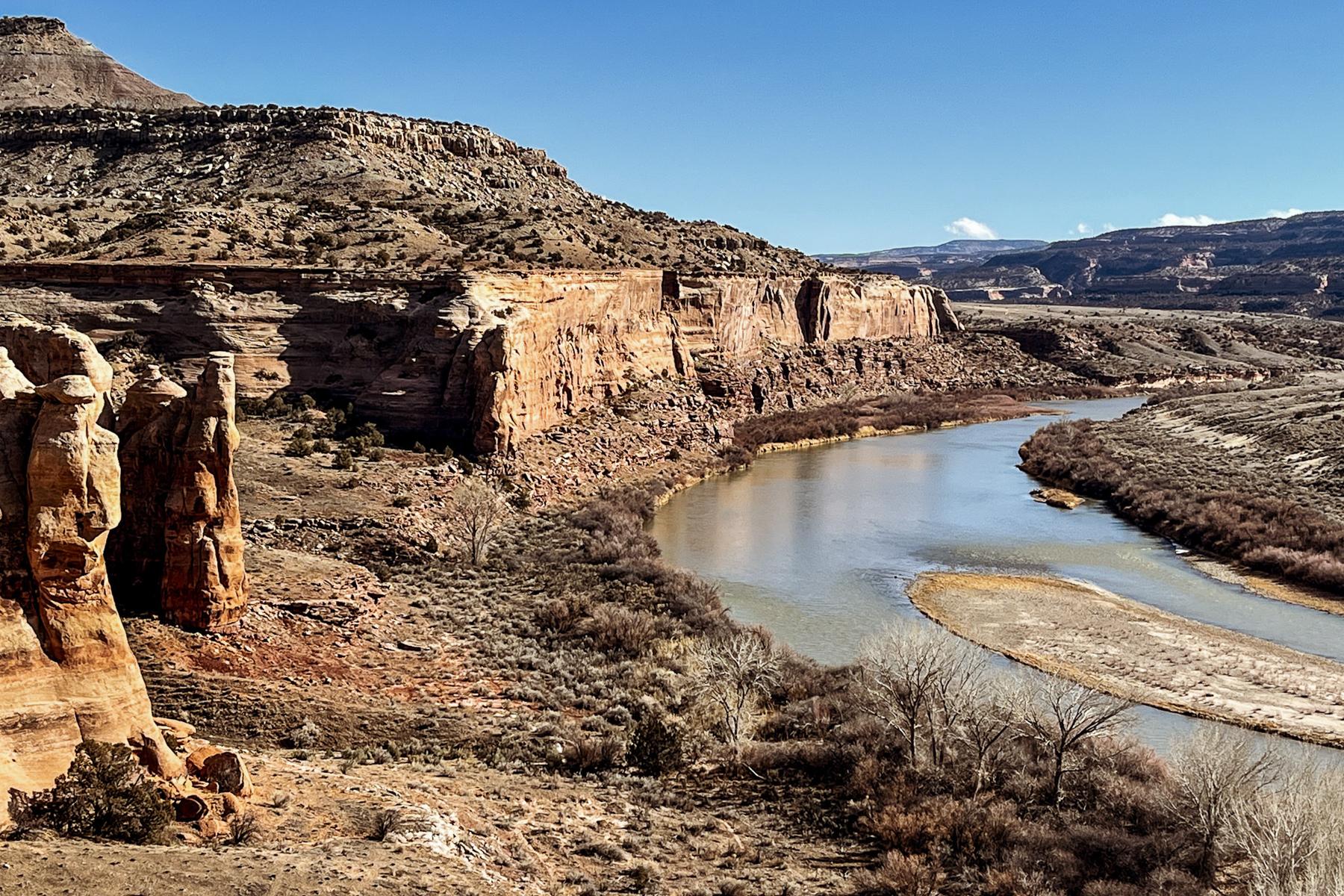
Unusually warm, dry and windy weather is setting the stage for dangerous wildfires across northeastern Colorado on Friday.
The combination of weather conditions is so perilous that any wildfire that ignites could become nearly impossible to control, forecasters with the National Weather Service said. The potential for dangerous wildfires is so high that the weather service dispatched a rare warning of “extremely critical” fire weather over a large swath of Colorado’s eastern half.
“On average for the northeast plains these types of conditions have happened two to three times (total) since 2006 when we started recording them,” said Greg Hanson, a warning coordination meteorologist with the service’s Boulder office.

The most dangerous conditions are expected from late morning into the evening. The risk in northern Colorado is concentrated in the foothills of Douglas, Jefferson and Park counties and the northeastern part of the Eastern Plains.
Forecasters said strong winds are also expected to kick up blowing dust that could imperil travel on Interstate 70 and I-76 east and northeast of Denver, and on roads and highways in eastern Colorado.
Extremely dangerous fire weather is also expected across much of southern Colorado. The National Weather Service in Pueblo said hot, dry conditions and damaging winds up to 70 mph could fuel rapid, volatile wildfire growth. Forecasters said high winds could also create dust hazards on roads and highways and blow over high-profile vehicles.
Authorities in about two dozen counties have issued burn bans or other fire restrictions.
The confluence of weather conditions is similar to those that fueled Boulder County’s Marshall fire, Hanson said. Snowfall helped smother the Dec. 30 fire — the state’s most destructive — shortly after it started. This time, Hanson said there is little to no precipitation in the forecast.
“Think back to the Marshall fire — the worst weather was in a pretty isolated area just right along the foothills,” Hanson said. “This is going to be all the plains of the state. Even the southeast is going to be pretty bad, too.”
Forecasters and emergency authorities urge those living in wildfire-prone areas to pay attention to emergency alerts and pack a bag with personal belongings, including medications and important documents — and, above all else, not to start fires for any reason.
“If your home’s threatened, you’re not going to have time to run home or collect a lot of things,” Hanson said. “We’re also hoping that nothing sparks tomorrow,” he added. “Everybody just needs to be extra, extra careful to not create that initial spark.”









